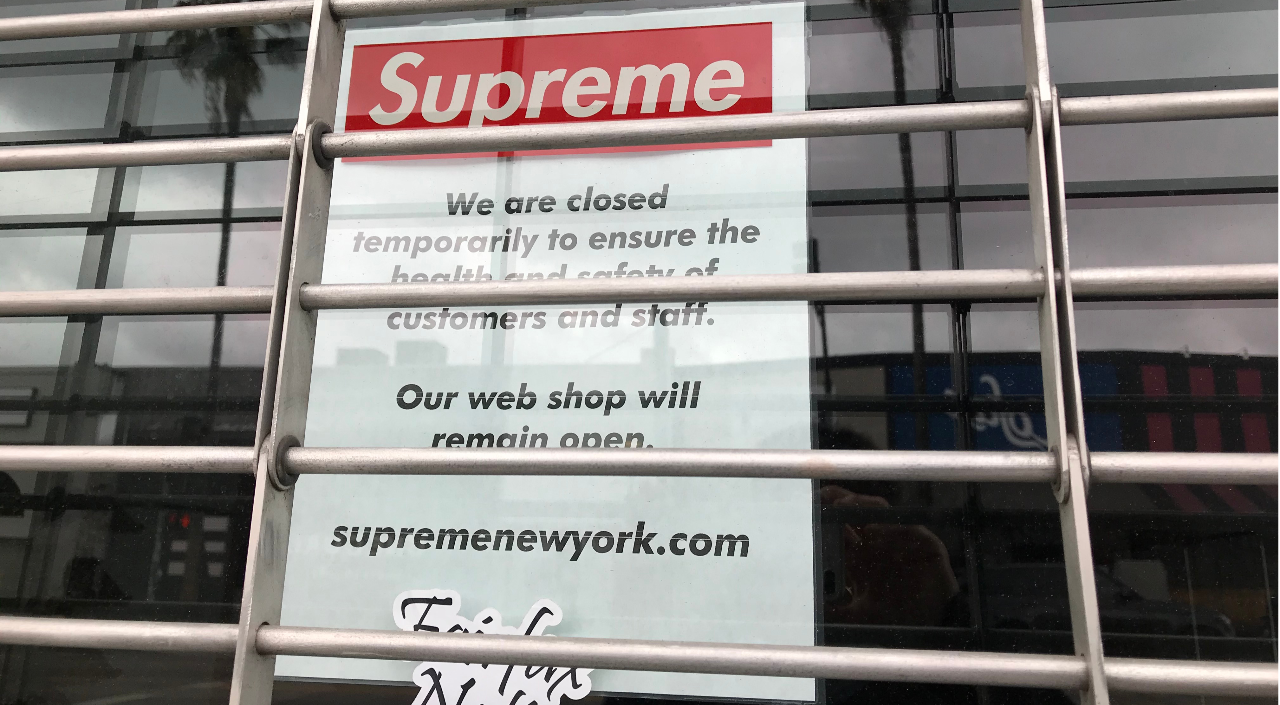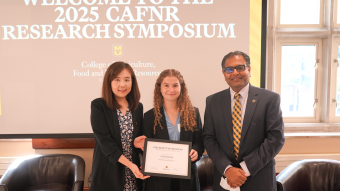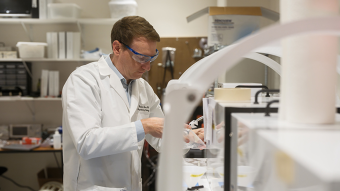April 29, 2021
Contact: Pate McCuien, mccuienp@missouri.edu, 573-882-4870
While COVID-19 hit the textile and apparel industry especially hard, businesses with a strong online presence, several manufacturing locations and an ability to quickly adjust their merchandise were better able to withstand the pandemic’s impact, according to a new study from the University of Missouri.

Li Zhao, an assistant professor in MU’s Department of Textile & Apparel Management, found that quarantining and working from home had a profound effect on how people shopped and the type of clothing they purchased during the pandemic.
“Because people have been staying inside, they haven’t been going outside, they haven’t been going on vacation or even parties,” Zhao said. “This has had a profound effect on the fashion industry. People didn’t need as much trendy wear and have been relying more on comfort and longevity.”
Zhao, who learned firsthand about the fashion industry while growing up in her mother’s self-owned boutique, tracked how the pandemic affected several businesses within the textile and apparel industry. She divided the effects into three areas: changes in the companies’ design and product development, sourcing and manufacturing, and wholesale and retail distribution.
What she discovered was the pandemic resulted in changes in the design and product development of businesses like adjustments to clothes to accommodate for protective body and face wear; assortment planning, like changing seasonal trends; and lack of demand for new fashion, resulting in an uptick in classic designs with more longevity. The drop in demand for new fashion most likely comes from an increased amount of time spent inside, Zhao said.
“The fashion industry is all about creativity,” Zhao said. “If you’re a company that specializes in party dresses, for example, the pandemic could’ve been a detrimental blow. However, there are ways around this. Successful companies were creative enough to adjust their business models to accommodate the new demand.”
The pandemic has also resulted in an increase in demand for fashionable PPE, or personal protective equipment, as many want to keep safe and stay up with the current trends at the same time. Zhao said that many companies wanted to step into this field, but they weren’t properly prepared, as there are a number of restrictions and certificates needed to start production. She also noted it would be more beneficial to healthcare workers if a database existed that could help determine which companies had gone through the procedures to sell FDA-regulated masks.
More changes occurred in the sourcing and manufacturing for these companies. Zhao found that businesses with large sourcing diversification were most successful during the pandemic. Sourcing diversification is when companies accumulate products from several different sources as opposed to being completely reliant on one specific source. For example, because China was hit so hard by the pandemic, companies that had only invested their manufacturing in China struggled compared to companies that invested in multiple countries.
Another area that was massively affected by the pandemic was retail and wholesale distribution. According to the study, government mandates and an influx of people working from home and social distancing made it extremely important to have an online platform that can help with distribution as many storefronts closed.

With the way that it has been impacted by the pandemic, Zhao suggested that the textile and apparel industry must adjust to a new normal. She said it’s important that businesses collaborate and coordinate with other businesses with different functionalities, which limits the effect of a pandemic-like event. She also suggested an online presence is very important to the wellbeing of a business or corporation.
“You have to think about the digital transformation,” Zhao said. “The paradigm shift has already occurred. You can’t wait. Customers have shown a new desire to shop online, and wholesalers need new ways to promote their products through virtual trade shows. However, it also has affected manufacturing as well. There are opportunities to utilize recent innovations to bring back manufacturing to developed countries.”
“Responding to the COVID-19 Pandemic: Practices and Strategies of the Global Clothing and Textile Value Chain” was published in Clothing and Textiles Research Journal.



